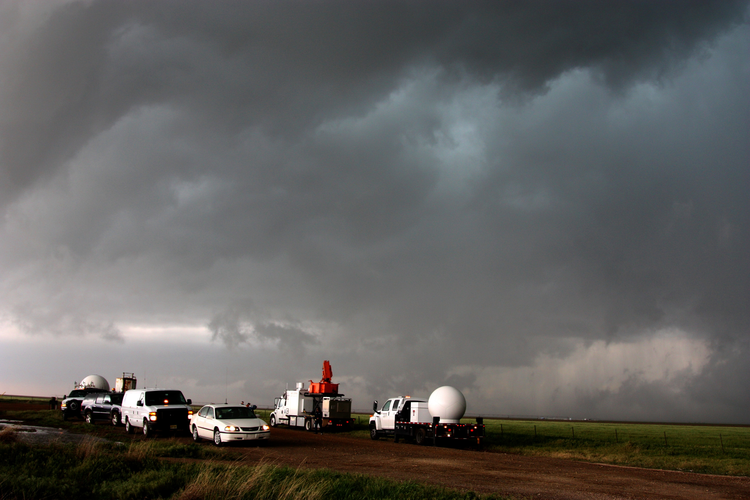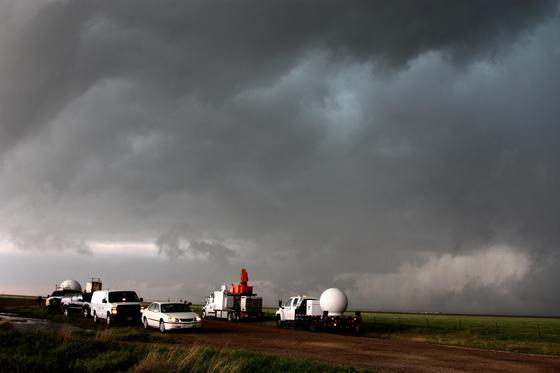Welcome to Thomas Insights — every day, we publish the latest news and analysis to keep our readers up to date on what’s happening in industry. Sign up here to get the day’s top stories delivered straight to your inbox.

As the Atlantic hurricane season roars toward its peak, a study warns that U.S. manufacturers should be preparing for more tropical storm-related disruptions than normal along the Eastern Seaboard and Gulf Coast.
The forecast, conducted by supply chain analytics firm Riskpulse and parcel delivery giant DHL’s Resilience360 service, examined sea surface temperature data and advanced atmospheric metrics to evaluate the risk posed to seaports and airports — and the companies that rely on them to move their goods around the world.
The 2020 Tropical Storm Season Outlook expects an above-normal storm season in the Atlantic, a typical season in the Indian Ocean, and below-normal activity in the Pacific. The western Pacific, however, was home to the three ports most at risk based on their history of tropical storm activity: the Port of Kaohsiung in Taiwan, the Port of Hong Kong, and China’s Port of Shenzhen.
The list did not include at-risk U.S. ports because none ranked among the world’s 25 busiest by container volume. However, applying the same metrics to the U.S. placed New Orleans as the port at most risk of storm-related interference, followed by fellow Gulf ports Houston and Mobile. Savannah and Jacksonville, on the Atlantic Coast, rounded out the top five in the U.S.
Hong Kong also topped the list of most at-risk cargo airports, followed by airports in Shanghai, Incheon, Taiwan, Tokyo, and Singapore. Miami, the lone U.S. airport to make the top 10 list, came in at no. 7.
In addition to warning of higher-than-normal storm activity in the region, analysts noted that hurricanes in the Atlantic, Caribbean, and the Gulf of Mexico tend to be more severe than in other areas — suspending cargo operations, on average, for nine days compared to 1-2 days in the Pacific and 1-3 in the Indian Ocean.
The report also warned that the logistics sector is already strained by travel restrictions and worker shortages amid the COVID-19 pandemic. Analysts issued a series of recommendations for companies, including mapping key supply chain assets, establishing priorities, contingency plans, and communications channels in the event of a storm, and planning ahead regarding inventories.
“The COVID-19 pandemic has already tested and strained the boundaries of global transportation infrastructure and production facilities that will now have to prepare and react to the unpredictability of the storm season,” Shehrina Kamal, Resilience360’s risk monitoring product director, said in the report.
Image Credit: NOAA / Unsplash


